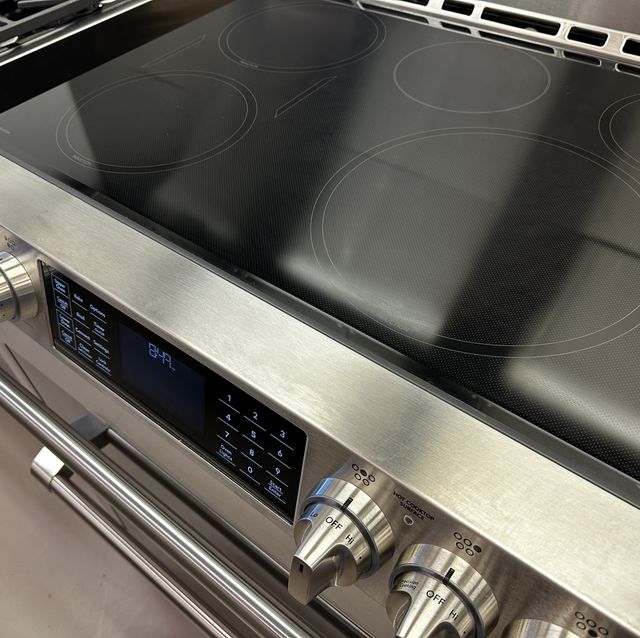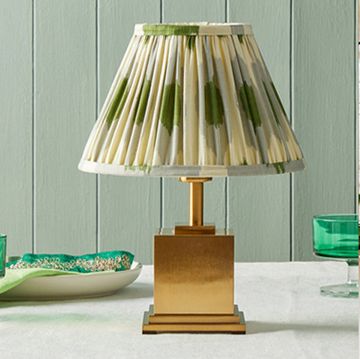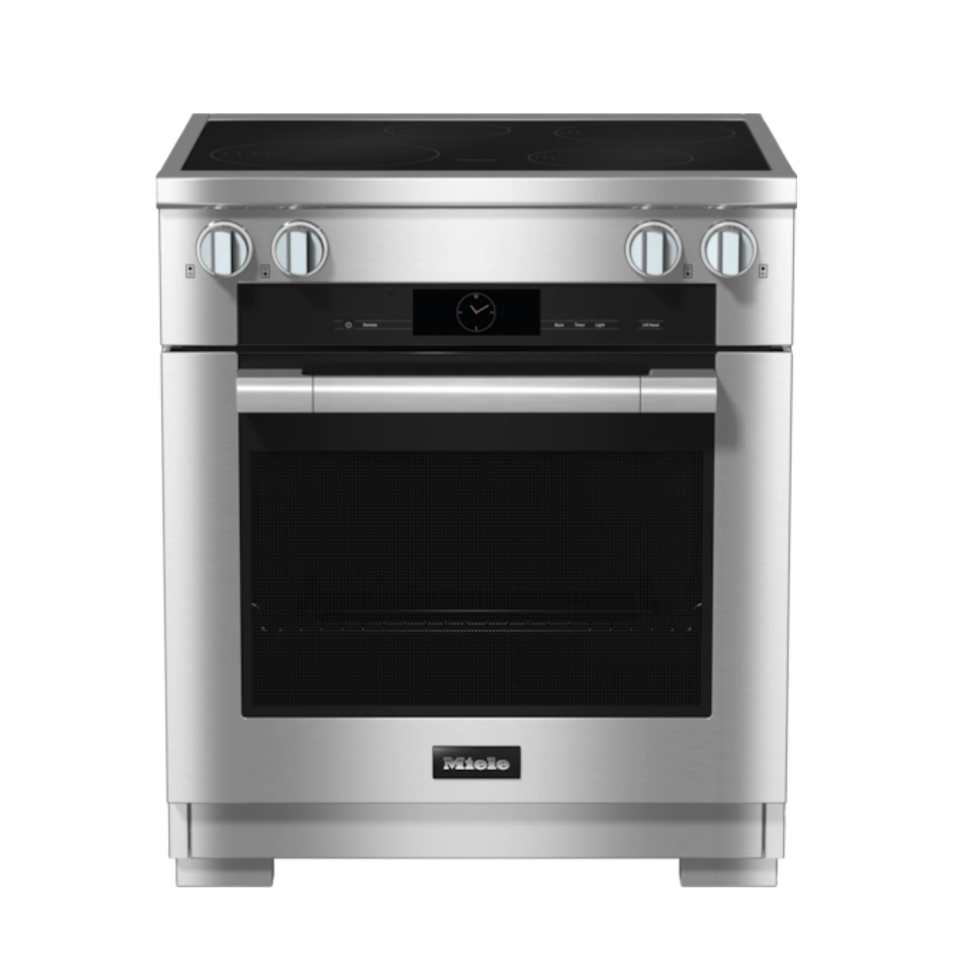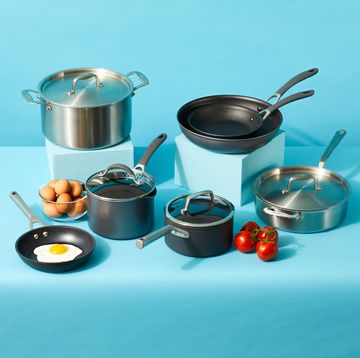5 Best Induction Ranges of 2025, Tested by Experts
We tested slide-in and freestanding induction ranges to find the best options for your home.

We've been independently researching and testing products for over 120 years. If you buy through our links, we may earn a commission. Learn more about our review process.
Induction ranges are all the rage these days, and it’s easy to see why—they bring more speed, precision, and safety to your cooking compared to old-school electric or gas ranges.
One of the perks of an induction range is that it keeps your kitchen cooler. This is thanks to the electromagnetic energy that directly heats your magnetic, induction-compatible cookware instead of heating an element or creating a flame. Imagine boiling 6 quarts of water in under 10 minutes for a quick weeknight meal or melting chocolate to perfection without needing a double boiler. Plus, many induction range ovens come with convection or air fry settings, making it a breeze to whip up crispy chicken wings or golden French fries.
Here at the Good Housekeeping Institute Kitchen Appliances and Innovation Lab, we’ve put nearly 100 ranges and cooktops to the test over the past 20 years. When it comes to induction cooktops and ranges, we check how quickly they can boil water, maintain consistent temperatures, and evenly distribute heat. We also put the ovens through their paces by baking cakes and cookies, and broiling steaks and bread.
Perry Santanachote (she/her) has more than 15 years of experience in service journalism, specializing in food and consumer goods. She tests and reports on kitchen appliances and cooking tools. She also evaluates food products and cleaning supplies. She’s an experienced writer, product tester and recipe developer who has worked in labs, test kitchens and media organizations, including Thrillist and Consumer Reports.
Eva (she/her) is a reviews analyst in the Kitchen Appliances and Innovation Lab, where she tests kitchen gear, home appliances and culinary innovations. She graduated from NYU with a bachelor of science in food studies, nutrition and public health and is a trained chef through the Natural Gourmet Institute. Eva has more than 10 years of experience in the food industry, working as a food stylist, personal chef and marketing manager.


The Best Countertop Microwaves

The Best Table Lamps for Any Space

The Best Bread Makers

Stanley Tumblers Are on Sale for 40% off Right Now




















